As new or expectant parents, learning that your baby has Down syndrome can be overwhelming. Parents want to find out what it all means, what they can do, how to plan for the future. Health care professionals, such as speech and language therapists or occupational therapists can help parents with these questions.
What is Down syndrome?
Down syndrome is a genetic condition caused by the presence of an extra chromosome in the body’s cell. It is not a disease, and it is not a hereditary condition.
Down syndrome occurs when an individual has 47 chromosomes as opposed to 46 chromosomes in a regular cell, specifically people with Down Syndrome have a full or partial extra copy of chromosome 21. This additional genetic material alters the course of development and causes the characteristics associated with Down Syndrome.
A few of the common physical traits of Down syndrome are low muscle tone, small stature, an upward slant to the eyes, and a single deep crease across the center of the palm. However, what’s important to remember is that each person with Down syndrome is a unique individual and may possess these characteristics to different degrees, or not at all.
What causes Down syndrome?
The cause is currently unknown, but there is a definite link with advanced maternal age. However, due to higher birth rates in younger women, 80% of children with Down syndrome are born to women under 35 years of age.
There is no definitive scientific research that indicates that Down syndrome is caused by environmental factors or the parents’ activities before or during pregnancy.
The additional partial or full copy of the 21st chromosome which causes Down syndrome can originate from either the father or the mother. Research indicates, approximately 5% of the cases have been traced to the father.
How is Down syndrome diagnosed?
Down syndrome can be diagnosed prenatally (before birth) and at birth. There are two categories of tests for Down syndrome that can be performed before a baby is born: screening tests and diagnostic tests.
Prenatal screens estimate the chance of the fetus having Down syndrome. Most of these tests only provide a probability. These screening tests involve a blood test and an ultrasound. Diagnostic tests can provide a definitive diagnosis with almost 100% accuracy. The diagnostic procedures available for prenatal diagnosis of Down syndrome are chronic villus sampling and amniocentesis.
Down syndrome is usually identified at birth by the presence of certain physical traits: low muscle tone, a single deep crease across the palm of the hand, a slightly flattened facial profile and an upward slant to the eyes. Because these features may be present in babies without Down syndrome, a chromosomal analysis called a karyotype is done to confirm the diagnosis.
How does Down syndrome affect development?
Children with Down syndrome learn to walk; talk and toilet train just like typically developing children however, they may meet these developmental milestones later than their typically developing peers.
Early intervention services aid these children to reach their full potential in skills such as communication and physical development. These programmes can include speech and language therapy, occupational therapy and physical therapy as well as home teaching programmes for the child and family. With early intervention and the right levels of support, people with Down syndrome go to school and college, make life-long friends, find and keep a job, and make decisions about their lives and futures.
How does a child with Down syndrome develop?
Just like all children there is a great deal of individual variation in the age at which different skills develop. The following table outlines the usual development of children with Down syndrome for some of the major developmental milestones. Some children with Down Syndrome may have additional health complications which may affect the rate of their development.
By Ragini Talreja Shahani, Speech and Language Therapist of THK Therapy Services.
This article was first published in The New Age Parents e-magazine
If you find this article useful, do click Like and Share at the bottom of the post, thank you.
Want to be heard and seen by over 100,000 parents in Singapore? We can help! Leave your contact here and we’ll be in touch.












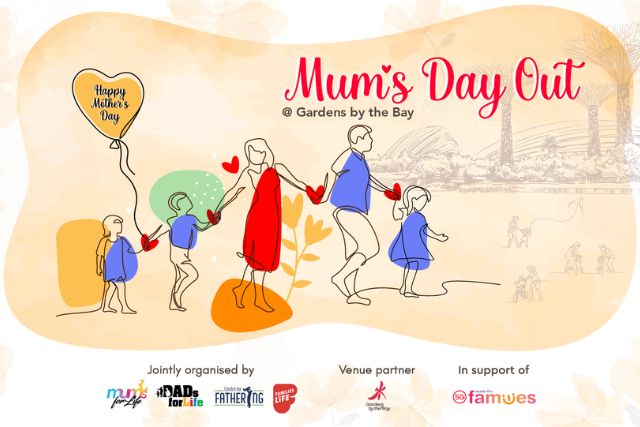























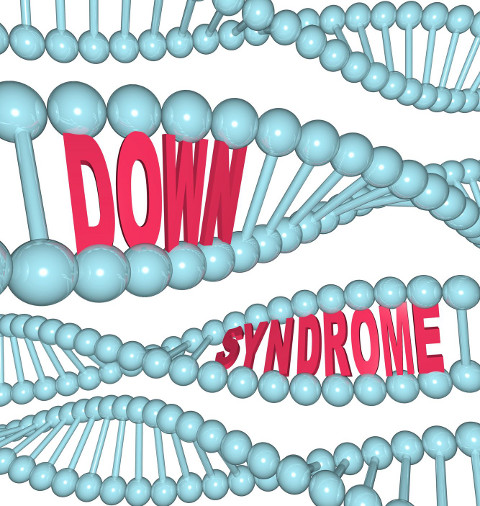
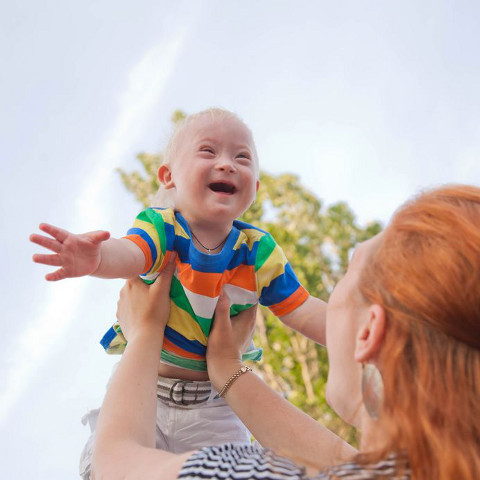




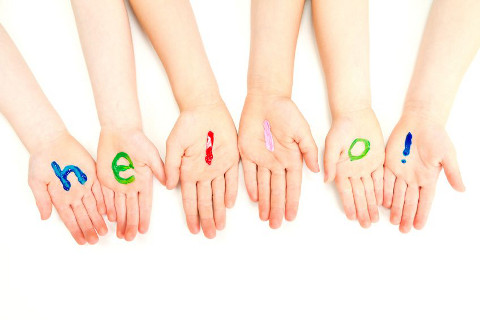
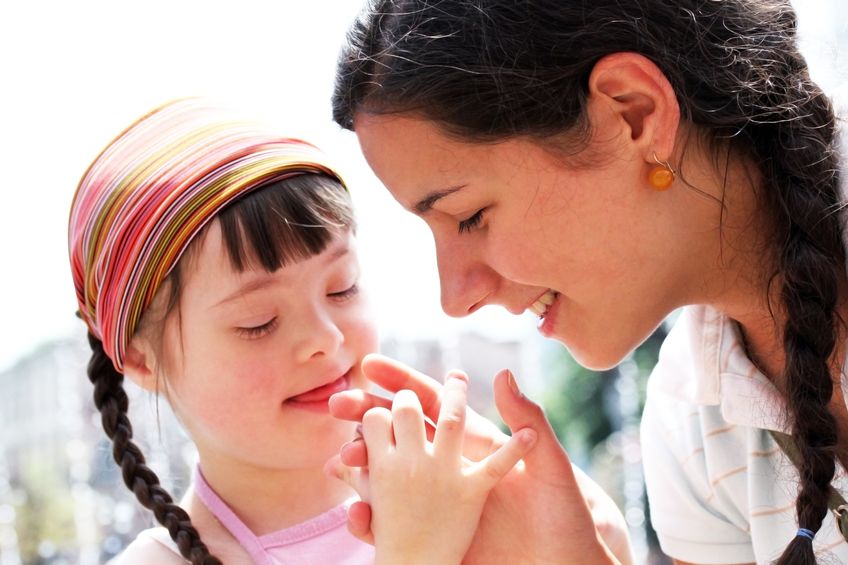
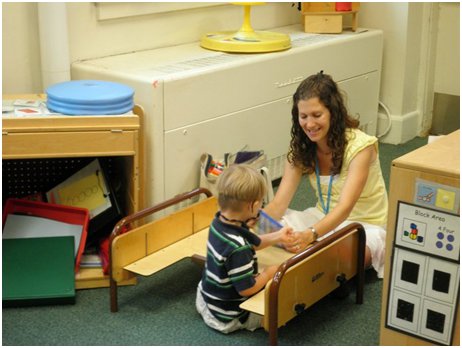

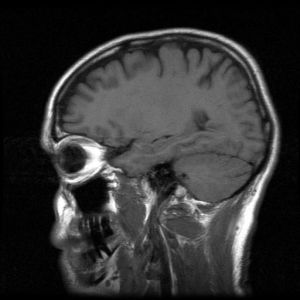














Leave a Comment: